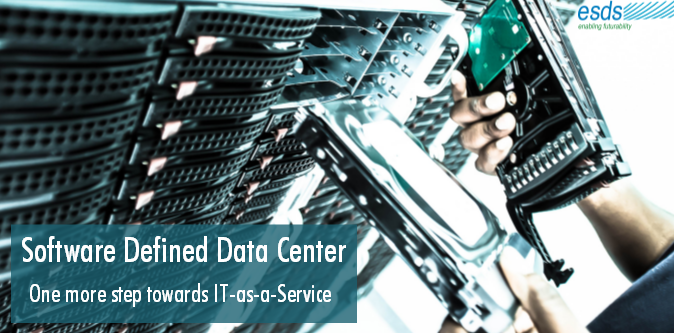What Qualities to Look For in SDDC Operations Management

What Is the SDDC?
The Software Defined Data Center (SDDC) is the upcoming technology that’s soon to take us right into the virtual machine world. In a VM world, everything related to your business is controlled by computers. No more hefty hardware costs!
Before we get on to the best practices in SDDC operations management, let’s understand what SDDC is.
The Software Defined Data Center (SDDC) or Virtual Data Center is a data center with an entirely virtualized infrastructure. The infrastructure is then fully controlled by intelligent and responsive software.
The SDDC is one more step towards IT as a Service (ITaaS). You don’t need to own any hardware or control it, yet you can own its functionality by purchasing the SDDC.
SDDC management is better than traditional management frameworks because:
- It’s economical. With legacy management frameworks, you have to deal with double expenses. First, you have to pay for the hardware itself. Then, you have to spend quite a lot on its maintenance. With the SDDC, you can eliminate all these expenses.
- It’s flexible. You can shift your resources, data, and applications from one part of your system to another much more easily through the SDDC than with traditional methods.
- Your data has better mobility. With a smart SDDC service, your data and its associated resources are moved to the part of the system where it’s needed the most. Your operations, then become fast, and efficient.
The Best Practices
Common IT objectives of the SDDC operations management are:
- Quality of service
- Operational efficiency
- Control and compliance
Quality of Service
With the SDDC, you can monitor your entire system more extensively than ever before. You receive real time reports on health, risks, and efficiency. These enable you to be proactive rather than reactive.
Based on the reports received from the software, you can save your business from potential threats and risks. Alerts will save time in locating and isolating faults. This way you can also save lots of time, resources, and money.
Operational Efficiency
One way to reduce operational costs is to reduce the amount of effort and time you need to spend to control the system. That can easily be achieved through the SDDC. With smart alerts, you’re able to spend less time in troubleshooting the system or evade it altogether.
Another reason for an inefficient system can be a high amount of waste. With the SDDC, this risk is minimized because it predicts the amount of resources you’ll need by viewing your previous data records.
Control and Compliance
The SDDC offers you completely centralized control over your system. You can automate most of your regular checks and reduce operational costs, and enjoy nearly zero maintenance costs and downtime.
Moreover, due to having a completely virtualized system, you can ensure compliance with industry practices and standards.
Traditional management frameworks are not only too expensive, but also difficult to integrate with new technology. What you need is the SDDC – the solution to all your management problems.
The SDDC is fast, reliable, flexible, and economical. What do you think about the SDDC? Is it essential for all businesses to upgrade their management frameworks? Share your thoughts with us!
- Small Business Website: Building a Strong Online Presence - March 11, 2025
- Top 10 Best Practices for Implementing DRaaS in 2025 - January 20, 2025
- Signs of Cyber Attack and How to Respond to them? - March 25, 2019
Nice article thanks for sharing.